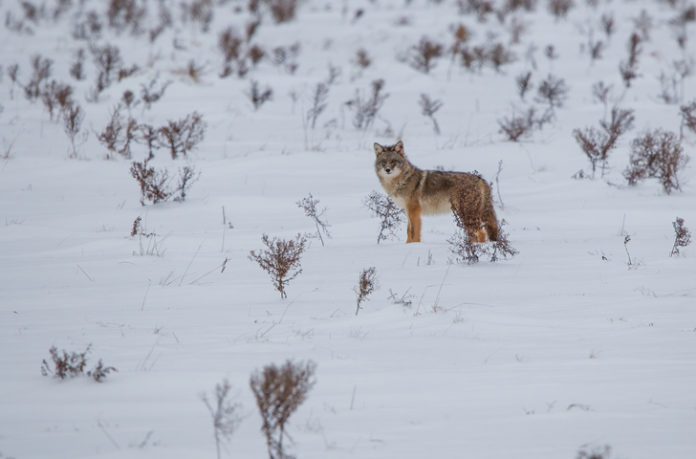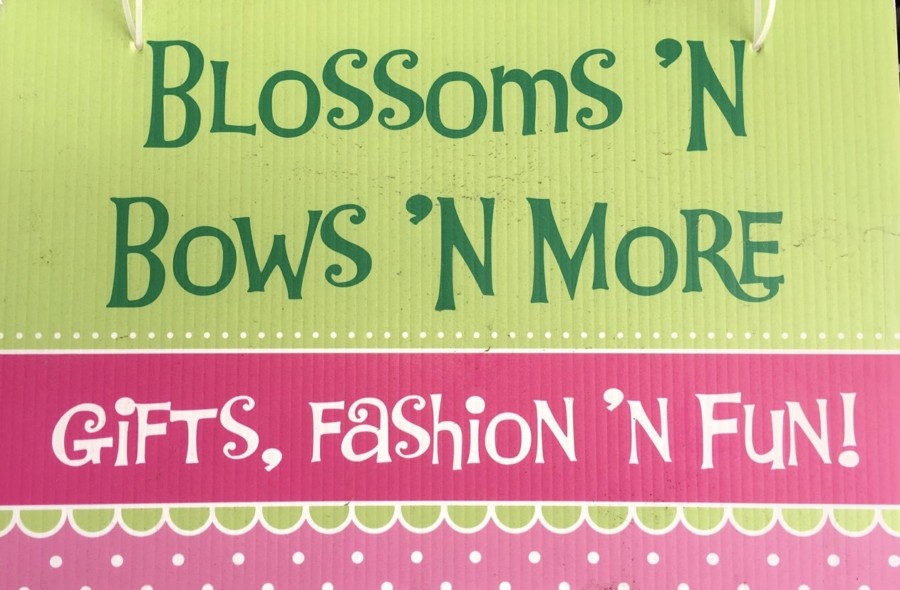During the last few months of summer and stretching into the first weeks of fall, several residents in the Nordonia Hills area reported seeing coyotes in yards, on trails and venturing too close to homes and small animals.
Some residents reported losing small pets to coyotes.
As winter sets in, it is the time residents should be even more diligent with smaller pets.
“The biggest thing is keeping your small dogs and pets on leashes,” according to Scott Peters, wildlife biologist for the Ohio Department of Natural Resources.
The coyote eating habits tend to change during the winter.
“They are very diverse and eat nuts, leaves and berries,” Peters said of the animals’ spring and summer diets. “A lot of people don’t realize that about coyotes.”
And while nuts, acorns and berries were abundant in the summer and fall, the winter months bring less food for foraging and an increased hunger by coyotes, Peters said.
“They tend to be spotted more in the dead of winter,” Peters said. “It’s an instinct. It’s like ‘I’m hungry and I need calories.’”
This is the time residents should be most diligent with their small pets, Peters said.
People sometimes get complacent and let their pets go outside, without being in a fenced in yard, because they don’t want to put a coat on in 10 degree weather, Peters said.
That is when smaller animals are most vulnerable to a hungry animal the size of a coyote.
“Their metabolism is high, and they are hungry,” Peters said. “They have to hunt to eat.”
Hunger is an instinct for the coyotes, Peters added.
“It’s like ‘I’m hungry. It’s cold. And I need some calories,’’ Peters said. “We are not a whole lot different in the big scheme of things. But we can pull out our wallet and buy something.”
However, coyotes are generally not prowling neighborhoods looking to steal dogs and cats, according to Peters.
“Generally speaking, these animals are not looking for a fight. They are not aggressive,” he said.
Peters recommends clapping hands and yelling, if a coyote is nearby. He said that will “instil fear” which the animal may have lost.
Most people have an almost inmate fear that coyotes are bad, Peters said.
But coyotes are simply part of the ecosystem and have a place in it.
“They are weaning down the weak, the injured, the sick,” Peters said. “And overall, they help keep a balance out their in the ecosystem.”
Most of the year coyotes operate on a risk/benefit instinct.
“There is no benefit to fighting even a wiener dog, chihuahua, you pick the breed, “ Peters said.
Unless a dog is chasing a coyote, the animal will rarely fight a dog, Peters added.
Most of the coyotes seen during the summer months were probably young pups who were being taught to forage and hunt by the mother.
“Most of their prey is the small mammals,” according to Peters. “And when I say small mammals, I mean rabbit size and on down.”
January and February are peak mating season for coyotes. Mothers can have litters of six to eight pups. But not all the pups survive, according to Peters.
But as the numbers grow, so do the sightings.
One man reported that he saw a coyote with a small, dead dog in its mouth, in Macedonia. The man searched but could not find the coyote.
In October Wendy Frano, of Northfield Center, encountered a coyote as she let her German Shepard, lab, and pit bull mix dog out around 10:30 p.m.
“I had a coyote come about 10 feet away from me,” Frano, who lives near East Twinsburg Road, said. “It wasn’t very scared at all. Luckily my dog is bigger and it just kinda looked at us.”
Frano said she “began screaming and yelling at my dog to come.”
“She finally came up in my deck and it ran away,” she added. “I hear them all the time at night calling to each other. A lot of people in my neighborhood have seen them in their back yards and have videos of them.”
That was Frano’s first encounter with a coyote, she said.
“There are woods around us and wooded areas around the development,” Frano said. “Not really their fault. We keep building in their home. “
And while she does not blame the animals, Frano said the incident was “scary as heck.”
Peters said the animals are not to be feared.
“They are just part of the natural world we have,” he said.






















